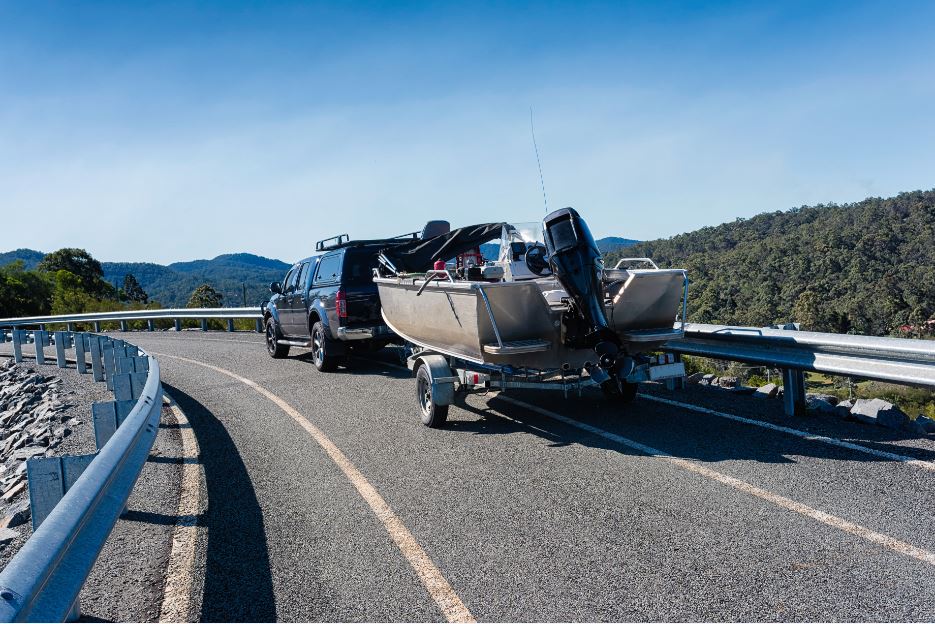Organizing a move means anticipating exactly what will happen on the day of the move, between the time you load the truck and the time you move in.
It is very important to list the operations to be performed so that this event does not become a nightmare.
This sheet (Part 1) summarizes the different steps to follow in order to organize a move. Thus, it will be followed by a second part.
1. Take a Look at the People Available to Organize a Move

On the day of your move, make sure you are well surrounded and in sufficient numbers to help you carry the various boxes and furniture. You will also need help to carry out the latest inventory of your old home.
List the people present on the day of the move
It is a matter of listing the people around you (family, relatives, friends) who can help you on D-Day.
It is also important not to plan too many people in relation to the volume to be moved. Too many people present could block the comings and goings, especially if the accommodation is small.
Advice: contact all the people who can help you 8 days before the move.
Make a final inventory of your old accommodation before leaving
Take advantage of the fact that your home is empty to perform the following tasks:
check that all parts have been emptied. Also visit the cellar, attic, annexes, huts, and garages;
remember to turn off water, gas, and electricity;
clean up, especially if the property is rented, because an inventory of fixtures will be made by the landlord; empty the mailbox and remove your name from it.
Reminder: the day before the move, remember to defrost the fridge, freezer and empty the machines (don’t forget to block the drum of the washing machine).
2. Get a Vehicle to Move
The transport of your furniture and belongings is the essential time of the move. You must first complete and close all your boxes. The choice of vehicle to transport your furniture and belongings is fundamental.
3. Define the Size of the Vehicle Required
You must first define the size of the vehicle and the type of truck adapted to your move. The size of the vehicle will depend on the volume of cardboard and furniture you will have to load. A volumetric calculator is available at truck rental sites to define the correct truck size.
4. The volume of the Move
Good to know: the rental of a 6 m³ van allows you to put about 60 boxes, which represents about a 30 m² studio. A 12 m³ truck will be suitable for about 80 boxes and a 20 m³ truck for about 120 boxes (60 m² housing).
5. Use Your Own Vehicle

You can use your own car or that of friends to transport goods. If some people have a van or minivan, it will be easier to put cardboard and furniture in them.
Good to know: moving by car is possible but complicated. You will need many cars or make several trips back and forth.
6. Use a Rental Truck
Without a suitable personal vehicle, you will not be able to escape the rental of a vehicle. To do this, many formulas are possible at a lower cost.
Important: a 12 m³ truck will offer more maneuverability than a 20 m³ truck. Think about it if you have to move to the city center on a small street that is difficult to access.
Rent a commercial vehicle from a specialized company. Rental agencies usually ask the customer for a security deposit (usually $500 or more) or an uncashed deposit in order to protect themselves in case of damage to the vehicle.
The rental price depends on the size of the truck, the length of the journey to be made and the number of days of rental.
Important: vehicle insurance is taken out by the rental agency. This one insures the vehicles to third parties. Remember that you are not necessarily used to driving a truck and therefore additional insurance is strongly recommended. Otherwise, you will be liable for the repair costs if you are at fault for an accident.
7. Optimize Vehicle Loading to Organize a Move
Here are some tips to organize a move and optimize the loading of the vehicle:

- remember to put the heaviest objects and furniture at the bottom of the truck;
- the bedding (mattresses and box springs) can be placed along the walls of the truck to cushion the other furniture;
- on the truck bed, you have to put the heaviest boxes first by stacking them, and then the most fragile ones without stacking them too much on top of each other so that they do not crash;
- place the sofas in an upright position so that they take up less space;
- all frames and mirrors will be stored between the mattresses and will be well wrapped in bubble wrap.
Tip: Don’t forget to bring a small suitcase with everything you need for the evening and the next day because nothing will be tidy and you will have trouble finding your belongings: toiletries, chargers, food kits, clothes, towels, etc.
Important: a refrigerator (or freezer) can be transported dry, by tying the doors, fixing the moving parts, standing or lying on the side opposite the filter drier. This will minimize the risk of breakage and falls.
The above tips will be continued in part 2. Hope they help you out during your move. Don’t forget to share your experience in the comment section below.



One thought on “The Best Ever Tips to Organize a Move (Part 1)”